At an aquarium in North Carolina, a female stingray named Charlotte lives in a tank with several other fish and sharks but no other stingrays.
So, when it became obvious that Charlotte was pregnant, her story went viral, and everyone wanted to know exactly how it is that a virgin stingray could be having several little stingrays of her own.
Meet Charlotte the Stingray
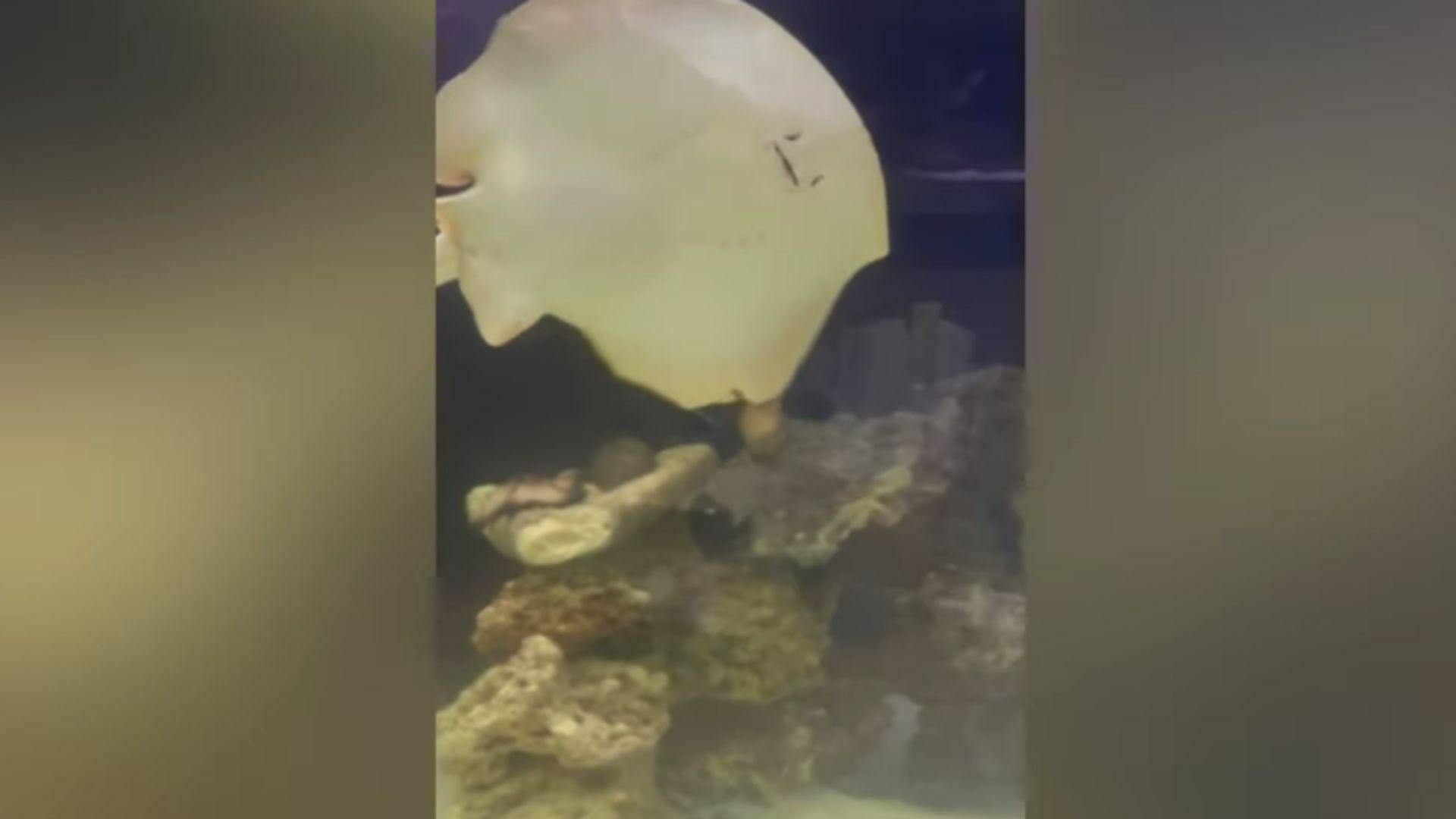
Charlotte the Stingray is a favorite among the staff and visitors at the Aquarium & Shark Lab in Hendersonville, North Carolina.
She’s known for happily swimming around her tank with her friends, several species of fish, and even a few friendly sharks. However, Charlotte has always been single in that there are no male stingrays in her habitat.
Charlotte’s Surprise Pregnancy
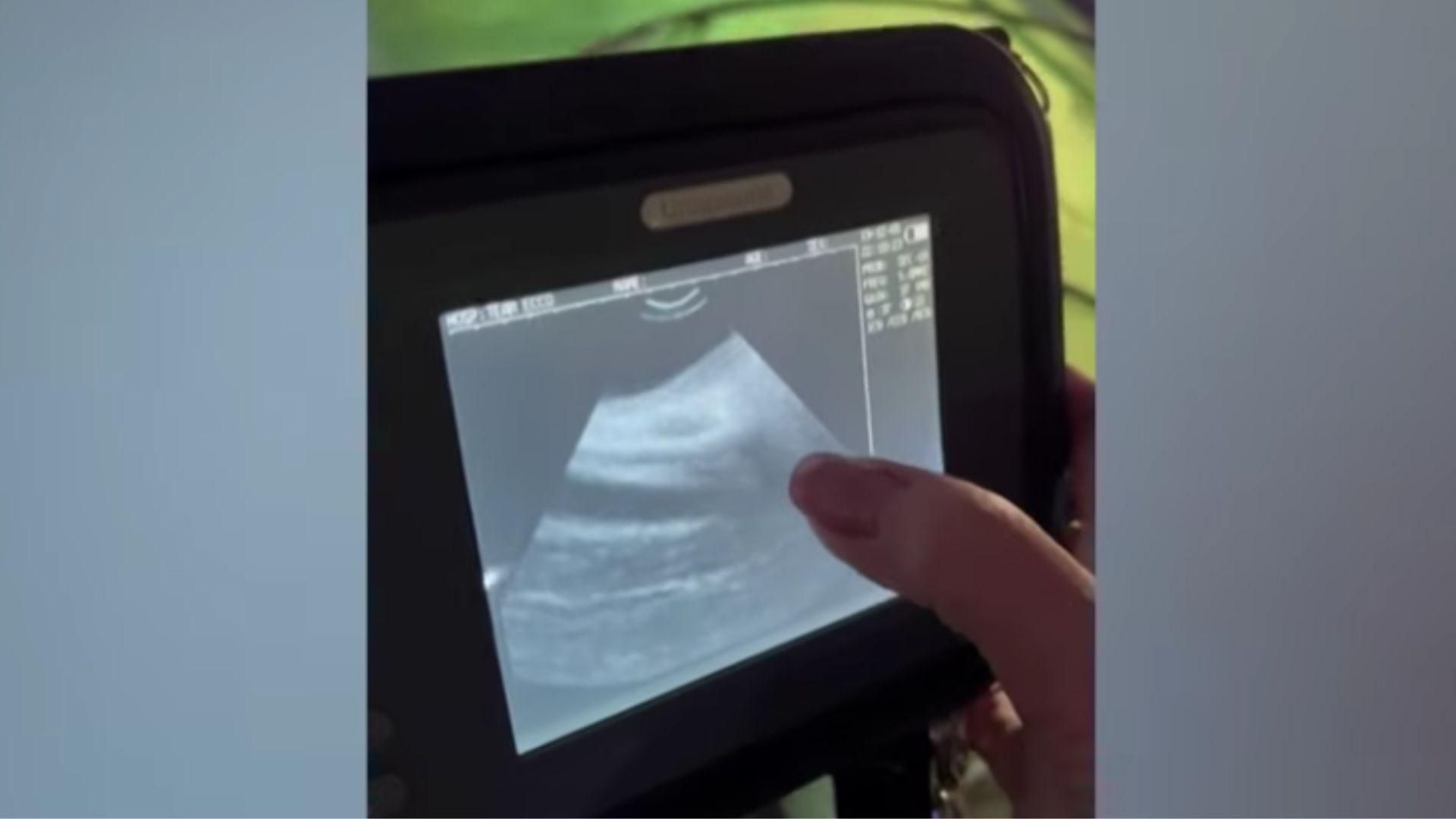
But just a few months ago, Charlotte started showing, and it became clear after a careful examination that she was, in fact, pregnant.
The world quickly got wind of Charlotte’s surprise pregnancy and started discussing the many ways in which this seemingly miraculous event could have occurred.
Could Another Animal Have Impregnated Charlotte?

The first and most logical idea proposed was that Charlotte was not actually a virgin and had been impregnated by one of the sharks with whom she shares her tank.
On TikTok, @kjadeg posted a video in which she explains that in nature, sharks actually bite their mate when they reproduce. And since Charlotte had bite marks, it was highly probable that she had a little shark-stingray baby in her usually very flat belly.
Scientists Have Weighed in on the Shark Impregnation Theory
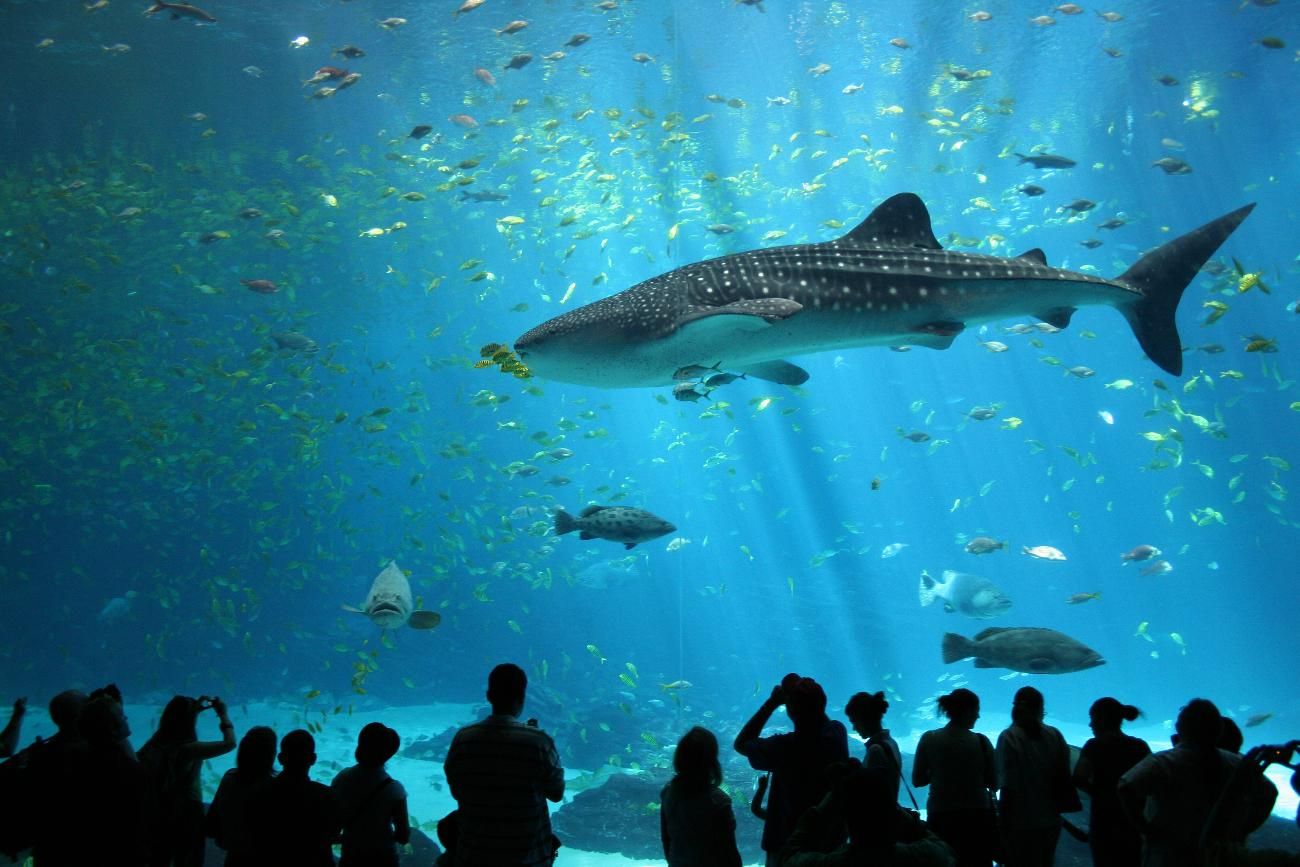
However, as fun as it was for everyone to imagine what a stingray shark baby would look like, scientists have all but confirmed that this is not what happened.
According to Kevin Feldheim, a researcher at Chicago’s Field Museum, “The shark scientists were not really happy with that press release. No one would even think of that as an option.”
Sharks Are as Different From Stingrays as Humans Are From Platypus
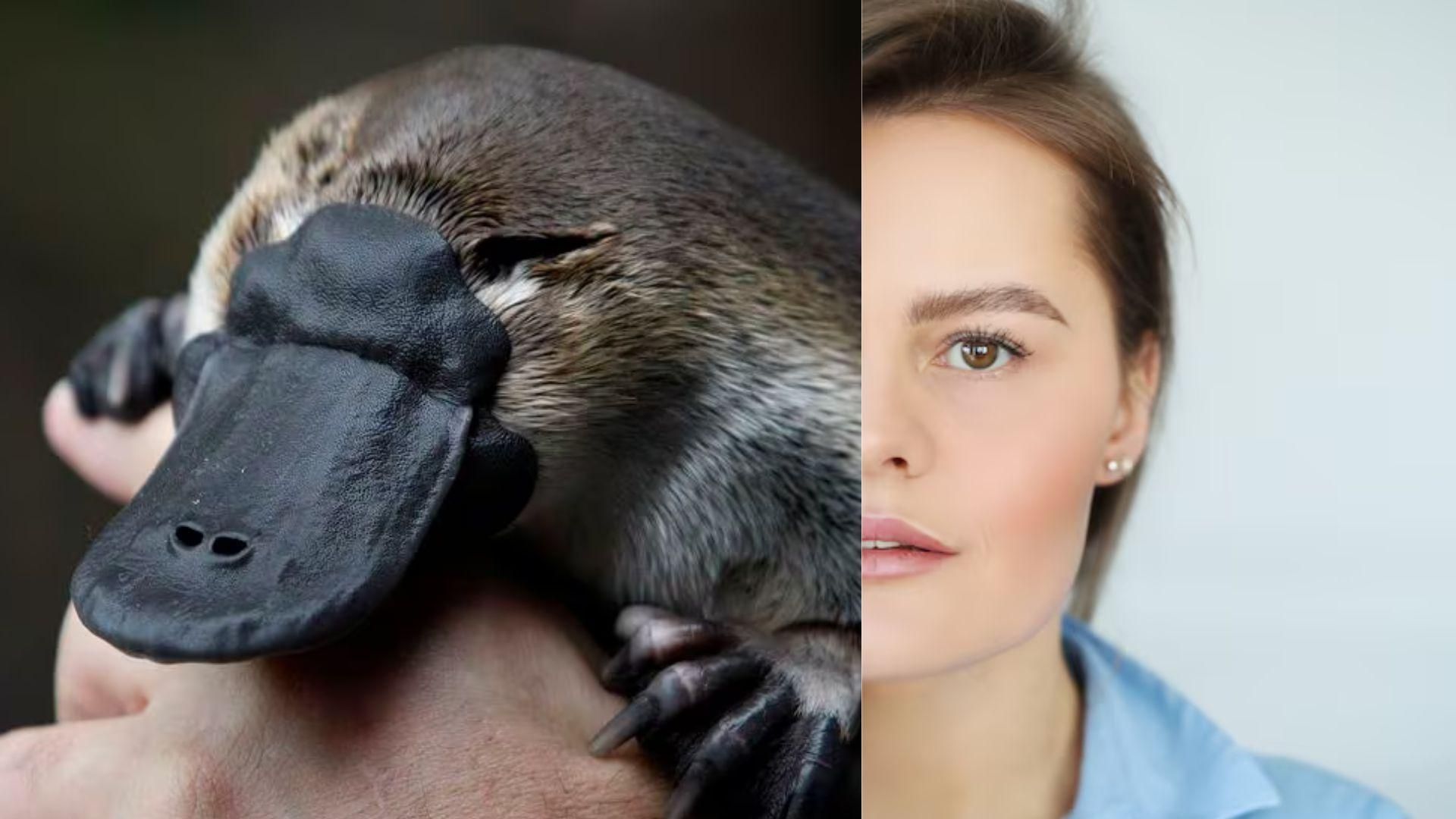
Feldeim also noted, “The divergence between sharks and stingrays is 350 million years. And as [a] comparison, the divergence between humans and platypus is 180 million years.”
Essentially, he was trying to get people to understand that even though sharks and stingrays both live in the sea, their species are genetically no more alike than a human and a platypus.
So, How Did Charlotte Get Pregnant?
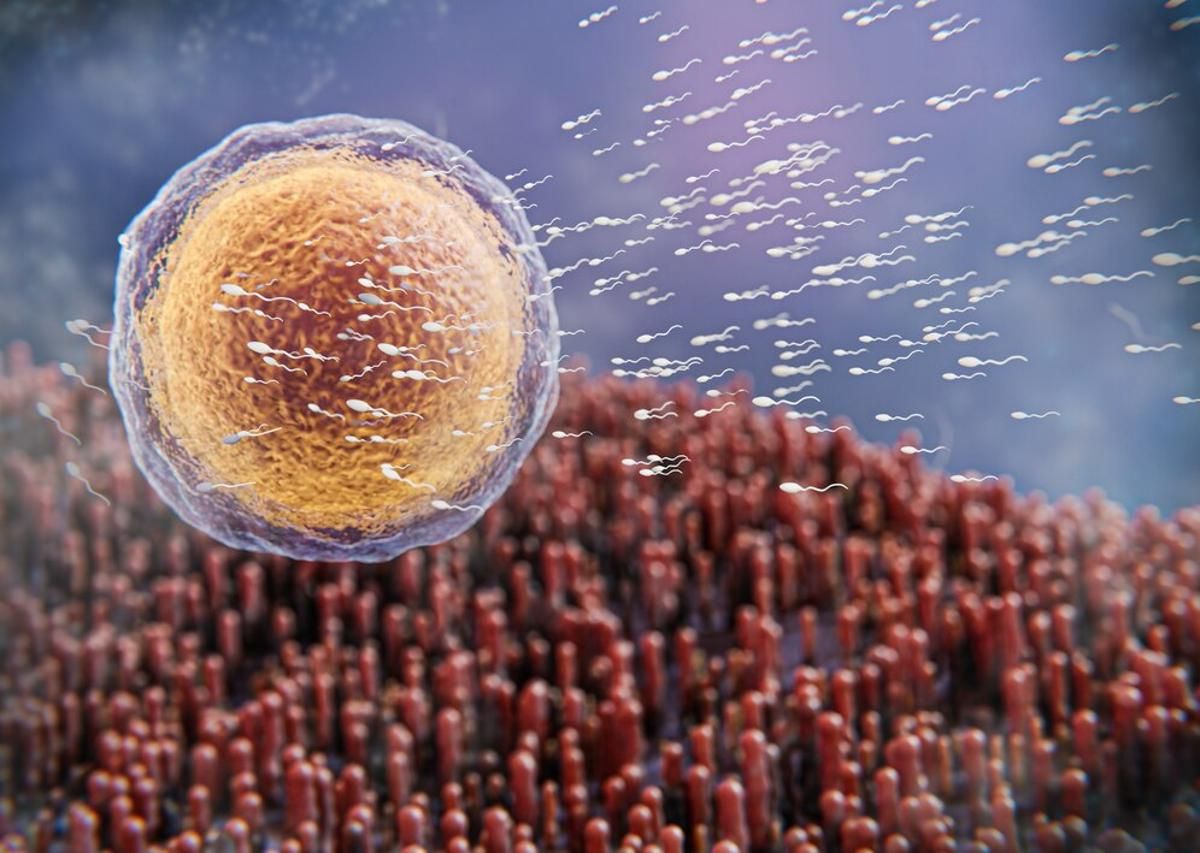
Even though the idea of a virgin birth is widely considered impossible, it turns out that it actually happens in nature fairly frequently. It’s called parthenogenesis.
When eggs are produced in the female body, polar bodies are also made as a byproduct. These polar bodies are usually simply discarded, but they can fuse with the egg, and because they both contain genetic information, a fetus forms.
Parthenogenesis Is Actually Quite Common
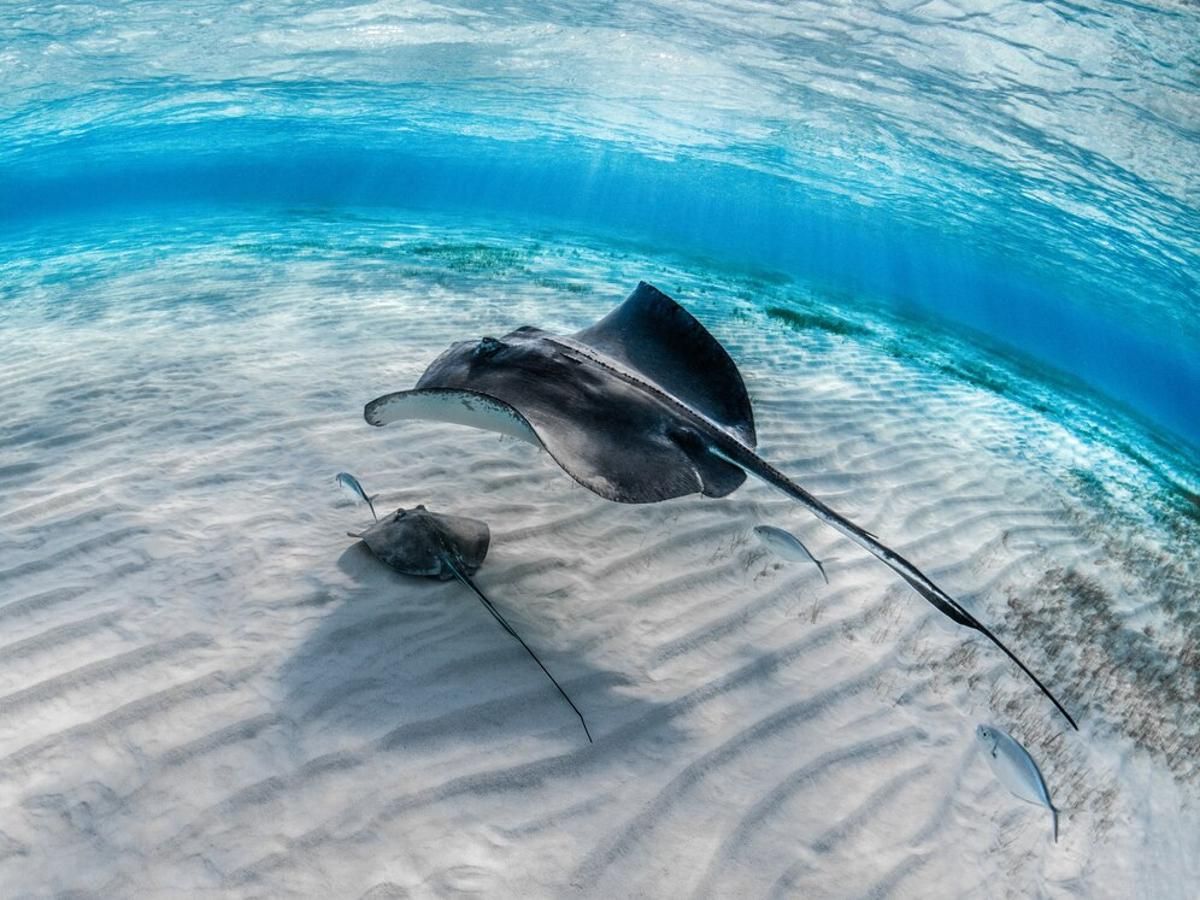
Zoologists and marine biologists understand that parthenogenesis is actually a fairly common occurrence in the animal world.
As Mercedes Burns, a biologist at the University of Maryland, explained, “There’s nothing unnatural about asexual reproduction. Invertebrates or fishes are doing amazing things in their lifetimes in order to reproduce successfully.”
Animals That Can Produce Their Own Offspring Without a Mate
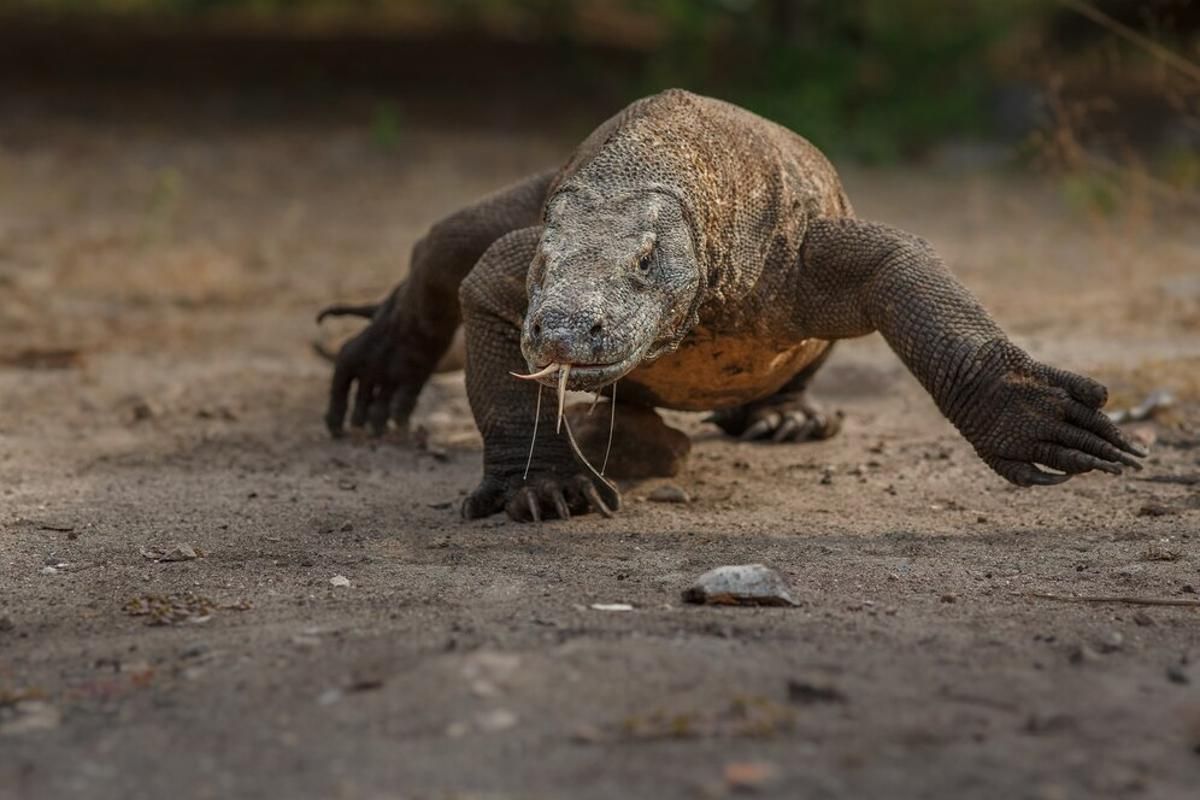
Several species of fish, as well as zebra sharks, and even birds like the California condor and reptiles such as the famous Komodo dragon, have all been known to reproduce via parthenogenesis.
Reproduction without a mate has been occurring within invertebrates for hundreds of millions of years. But according to National Geographic, “For advanced animals like vertebrates, scientists think that the ability to reproduce asexually came about as a last-ditch effort for species facing adverse conditions.”
Zoos and Aquariums Have the Most Evidence

Parthenogenesis is still considered quite the phenomenon. However, thanks to the growing attention of researchers at zoos and aquariums, experts are starting to realize this “rarity” happens more than they originally thought.
Some argue that the apparently high number of animals reproducing with parthenogenesis in aquariums and zoos is simply because researchers actually know they have not been impregnated by another animal, and therefore, can confirm parthenogenesis. Though, other scientists argue it’s because they are alone in their habitats that their bodies produce all on their own.
There Are No Confirmed Cases of Parthenogenesis in Human Beings
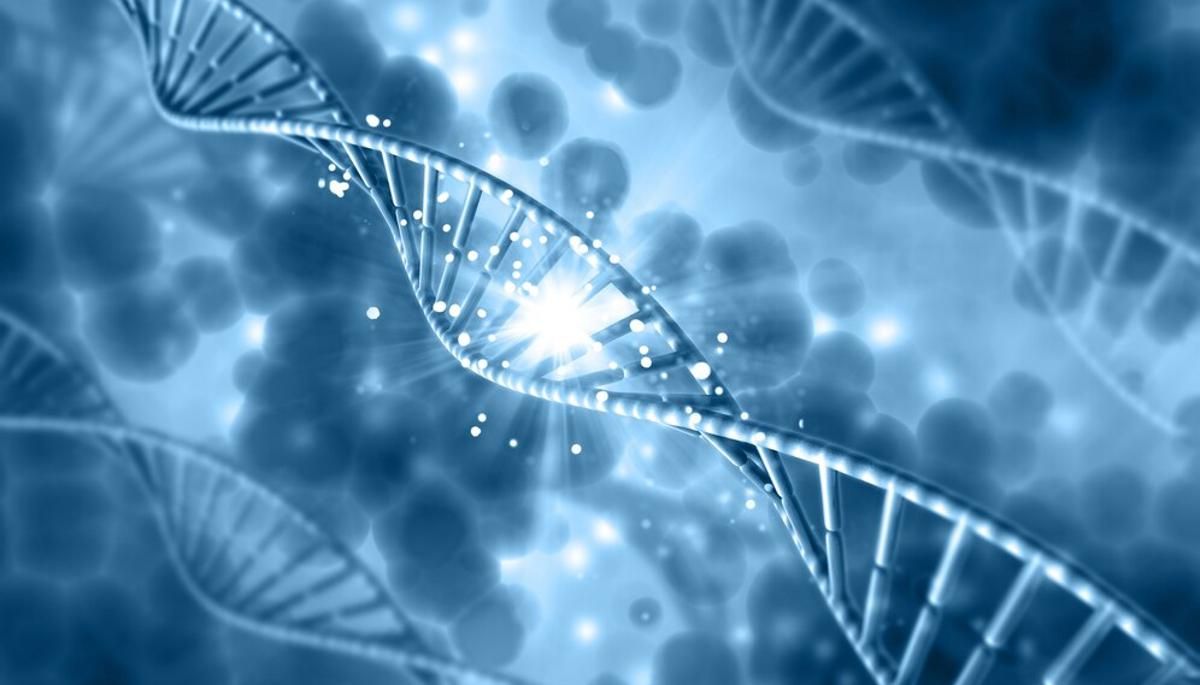
So far, there have been no confirmed cases of parthenogenesis in any mammals, including Homo sapiens.
Researchers say this is because mammals have genomic imprinting, which essentially stops the body from asexual reproduction. However, some say that just because it hasn’t happened doesn’t mean it’s impossible.
Charlotte’s Pups Will Be Tested to Confirm When They’re Born

Although scientists are as close to sure as they can be that Charlotte is pregnant with pups thanks to parthenogenesis, they cannot confirm with 100% certainty until the tiny stingrays are born and they can test their genetic makeup and compare it to Charlotte’s.
Sadly, for everyone who thought there may be a new shark-stingray species on Earth, scientists say there’s no way for that to happen.








































